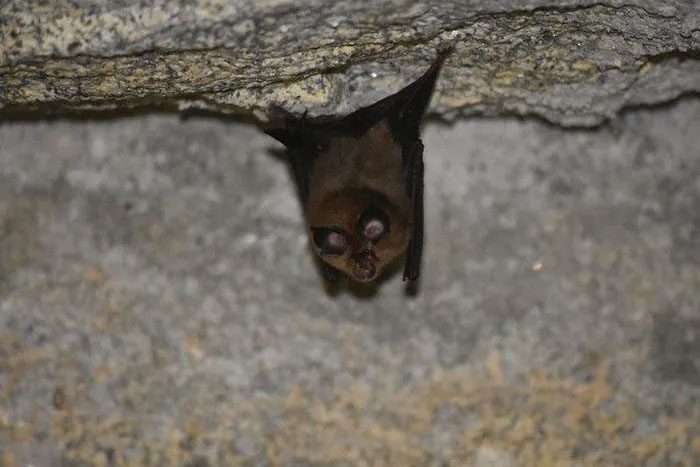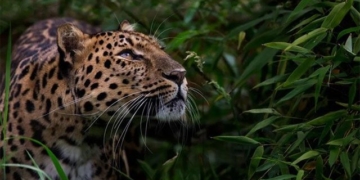Scientists have recently discovered a new virus named Khosta-2, which shares many characteristics with SARS-CoV-2, including the ability to infect humans and resist current Covid-19 vaccines as well as the natural immunity of former Covid-19 patients.
The study was published in the medical journal PLOS Pathogens by a team led by virologist Michael Letko from the Paul G. Allen School of Global Health at Washington State University (WSU).
According to the study, Khosta-2 is a virus found in a species of small-nosed bats in western Russia, belonging to a subgroup of coronaviruses known as sarbecoviruses. SARS-CoV-2, which causes Covid-19, is also a representative of the sarbecovirus group.

“Portrait” of a bat carrying the Khosta-2 virus – (Photo: João Manuel Lemos Lima/MEDICAL XPRESS)
Initially, Dr. Letko and two key collaborators, viral ecologist Stephanie Seifert and viral immunologist Bonnie Gunn, also from WSU, investigated both Khosta-1 and Khosta-2 in Russian bats.
They determined that Khosta-1 poses little risk to humans, but Khosta-2 has exhibited some concerning characteristics.
Similar to SARS-CoV-2, Khosta-2 can use its mutated proteins to infect cells by binding to a receptor protein called ACE2 — the familiar “gateway” for SARS-CoV-2 found in human cells.
The research team began assessing whether current vaccines could protect against the new virus by using serum from vaccinated individuals. The results were alarming: Khosta-2 could not be neutralized by existing Covid-19 vaccines.
They also tested serum from individuals who had been infected with the current dominant variant of SARS-CoV-2, Omicron, but the antibodies were also ineffective.
Thus, it can be concluded that Khosta-2 is not only resistant to vaccines but also to immunity from former Covid-19 patients.
Fortunately, Dr. Letko and his colleagues found that the new virus lacks certain genes believed to be related to pathogenic processes in humans. However, there is a risk that Khosta-2 could recombine with another virus that has infected humans, like SARS-CoV-2, creating a dangerous “offspring.”
According to Dr. Letko, this discovery highlights the urgent need for a more universal vaccine against sarbecoviruses.
Recently, as it became apparent that traditional Covid-19 vaccines were becoming less effective against SARS-CoV-2 variants with multiple immune escape mutations — the most recent being BA.4 and BA.5 Omicron — scientists have accelerated efforts to develop more universal vaccines, such as the two-component vaccines (which include components against Omicron) from Pfizer and Moderna.
However, the ultimate goal of vaccine researchers worldwide remains a “pan-coronavirus” vaccine, capable of combating not only all past and future variants of SARS-CoV-2 but also many other coronaviruses.
As a participant in Covid-19 vaccine research, Dr. Letko emphasizes that the virus family is a constantly changing list, which always requires expanding vaccine designs to make them more universally effective.
While hundreds of sarbecoviruses have been discovered in recent years, primarily in bats in Asia, most are not capable of infecting human cells.
Khosta-1 and Khosta-2 were identified in Russian bats in late 2020 and initially seemed not to pose a threat to humans, which is why they did not attract scientific attention.
“Genetically, these strange viruses from Russia resemble some other viruses found elsewhere in the world, but because they are not too similar to SARS-CoV-2, no one thought they were really anything to be too excited about,” Dr. Letko explained.
He continued: “But when we looked at them more closely, we were truly surprised to see that they could infect human cells. That changes our understanding of these viruses a bit, where they come from, and what areas are involved.”
- A look at 25 representative snacks from each country around the world, ranging from savory to sweet
- The most mysterious village in India that has baffled scientists: Every household has at least one pair of twins!
- Astronomers reveal the factors that drove Earth to form continents as we know them today


















































